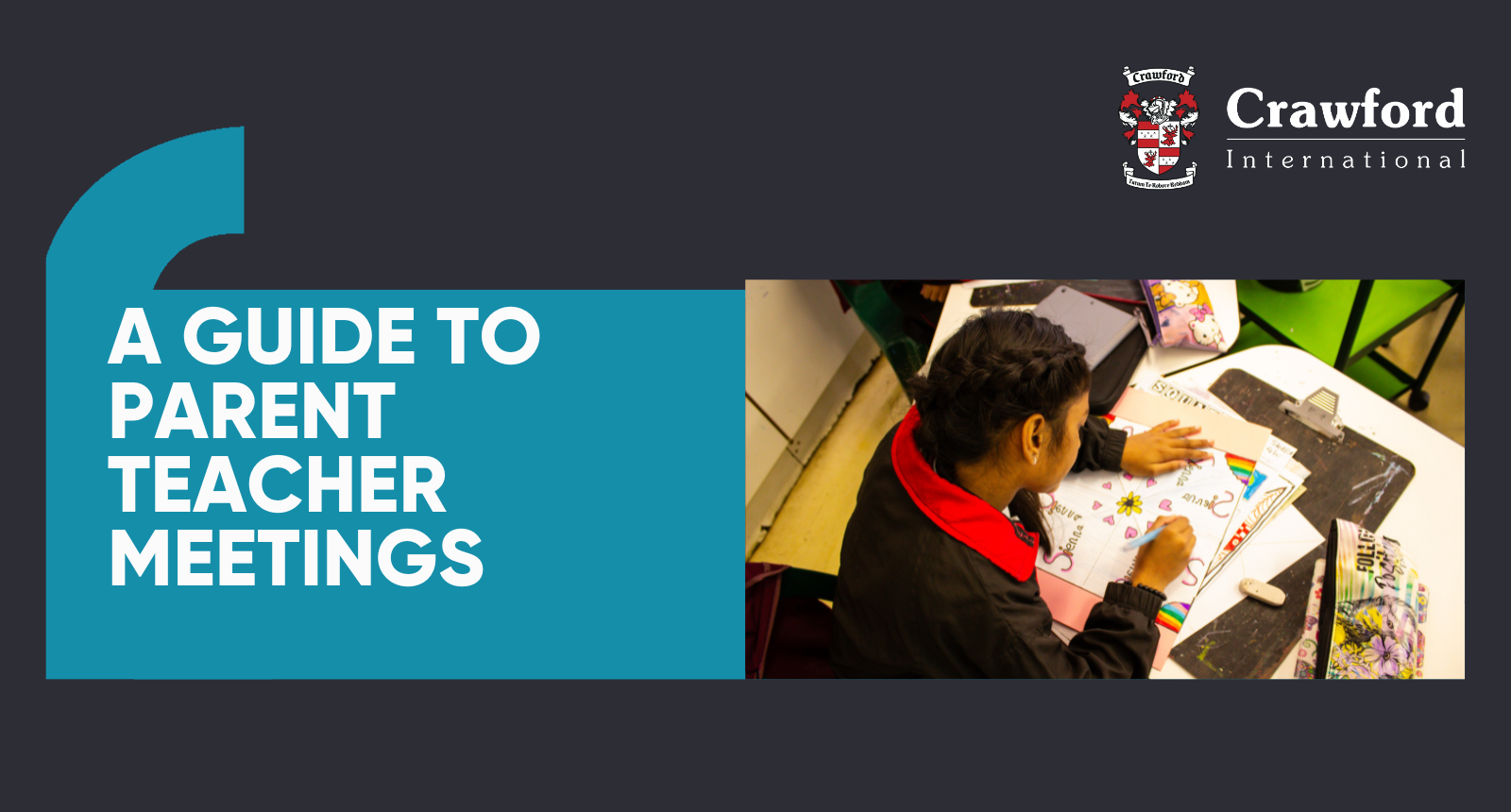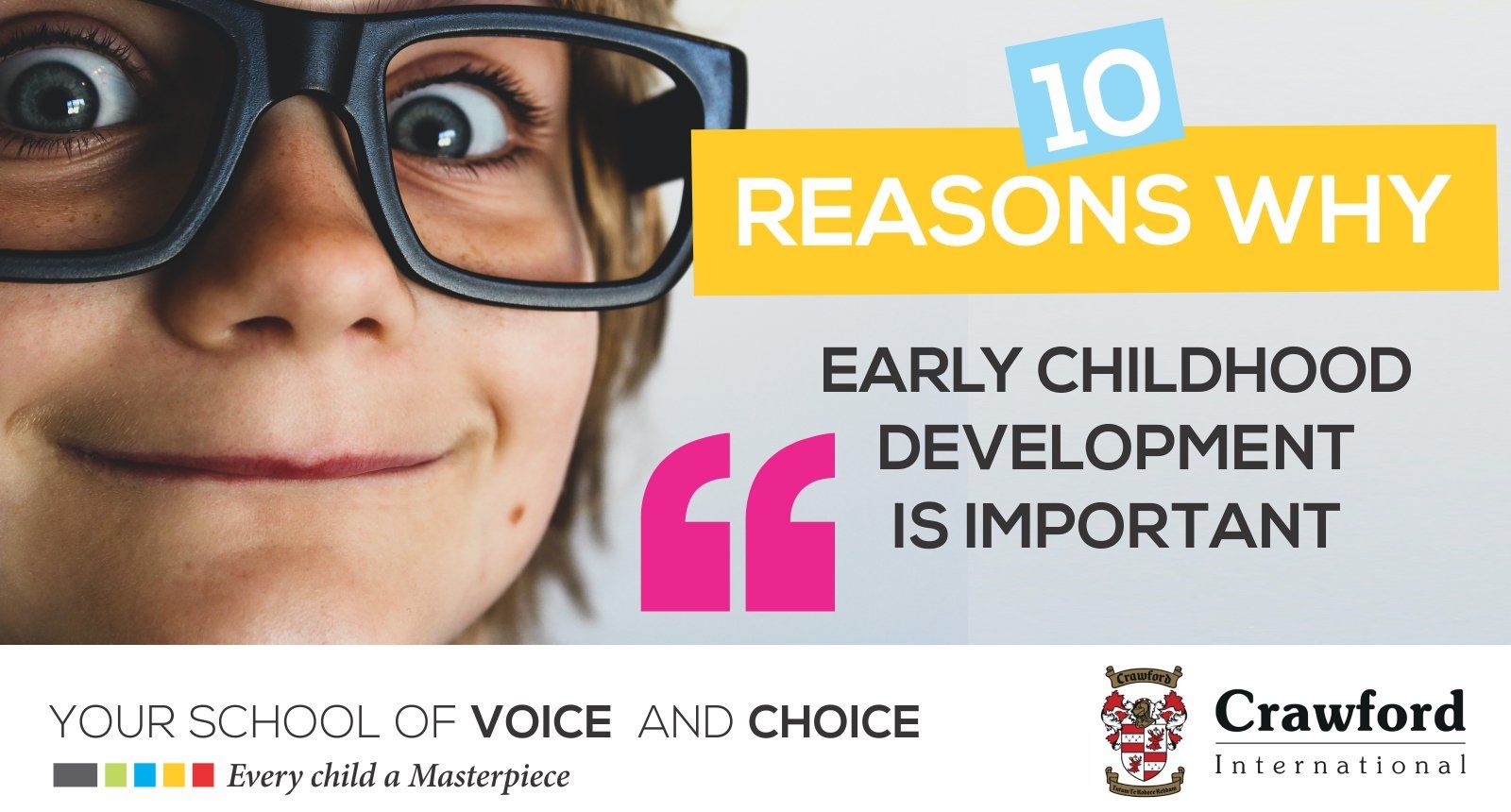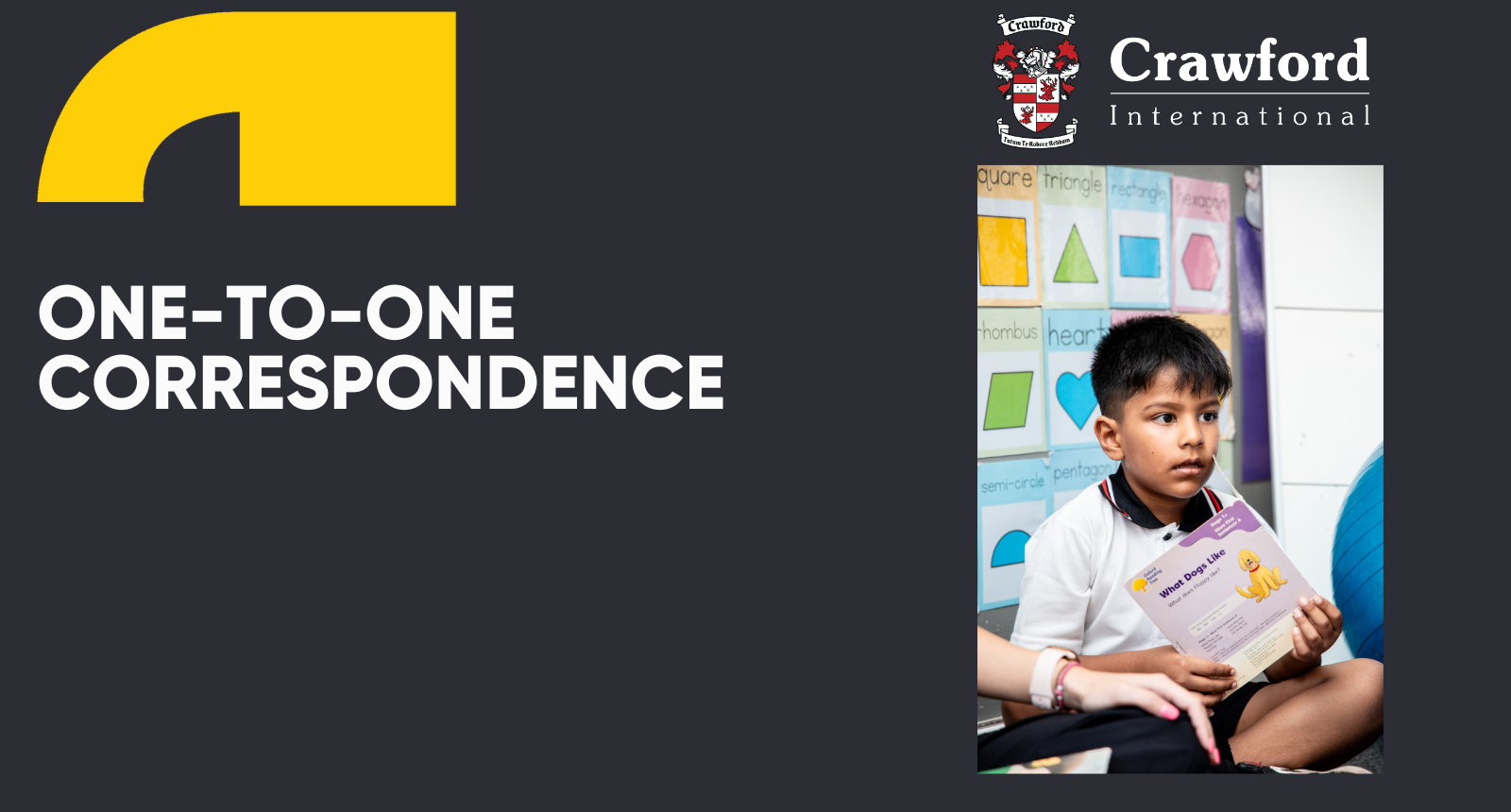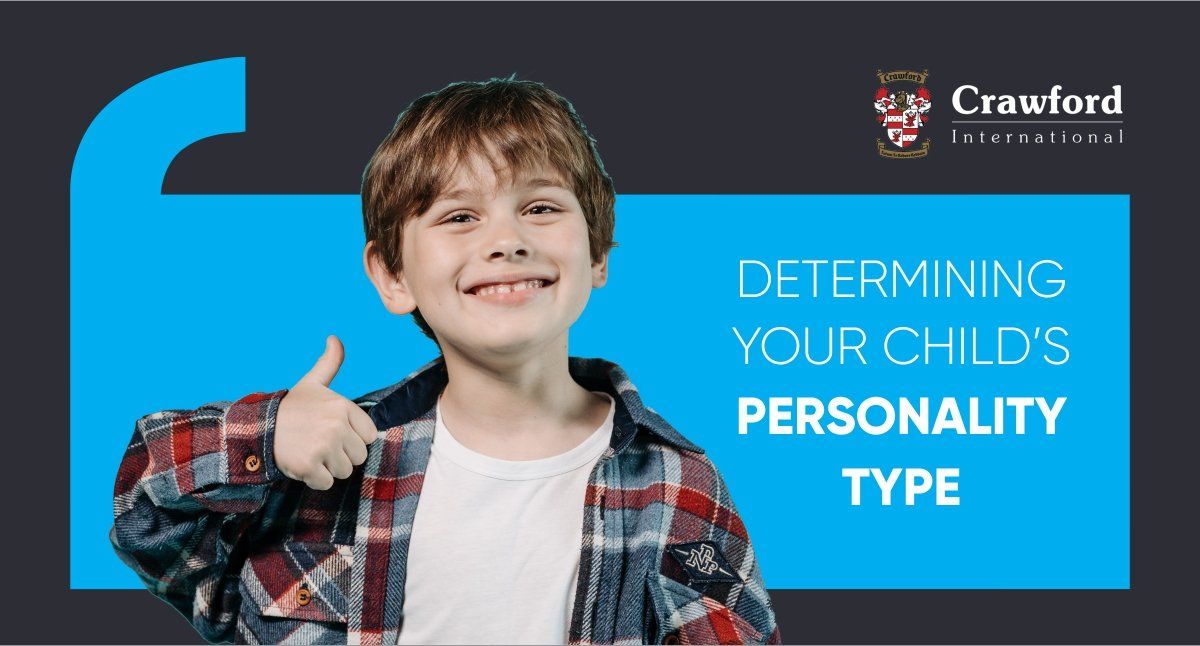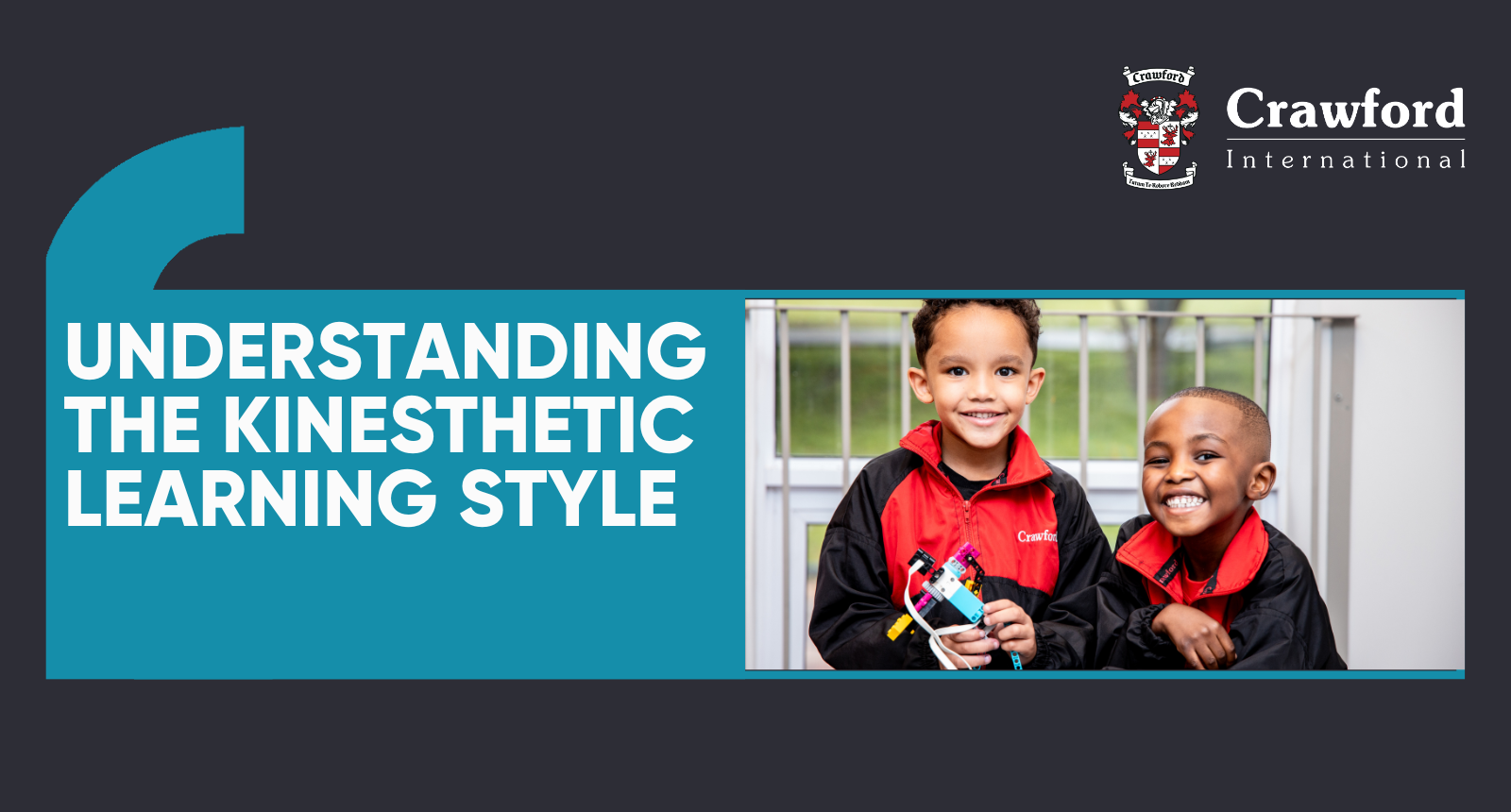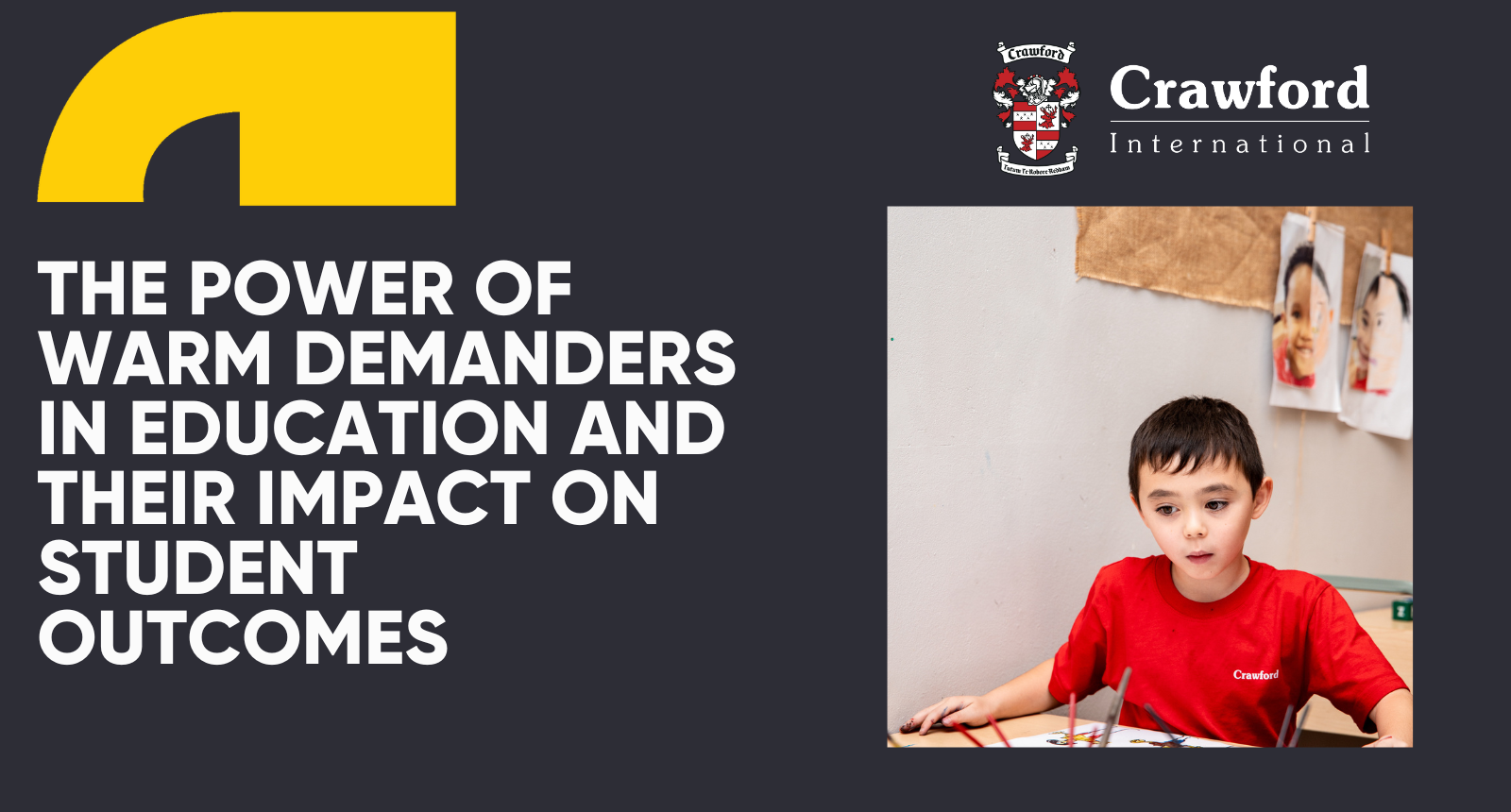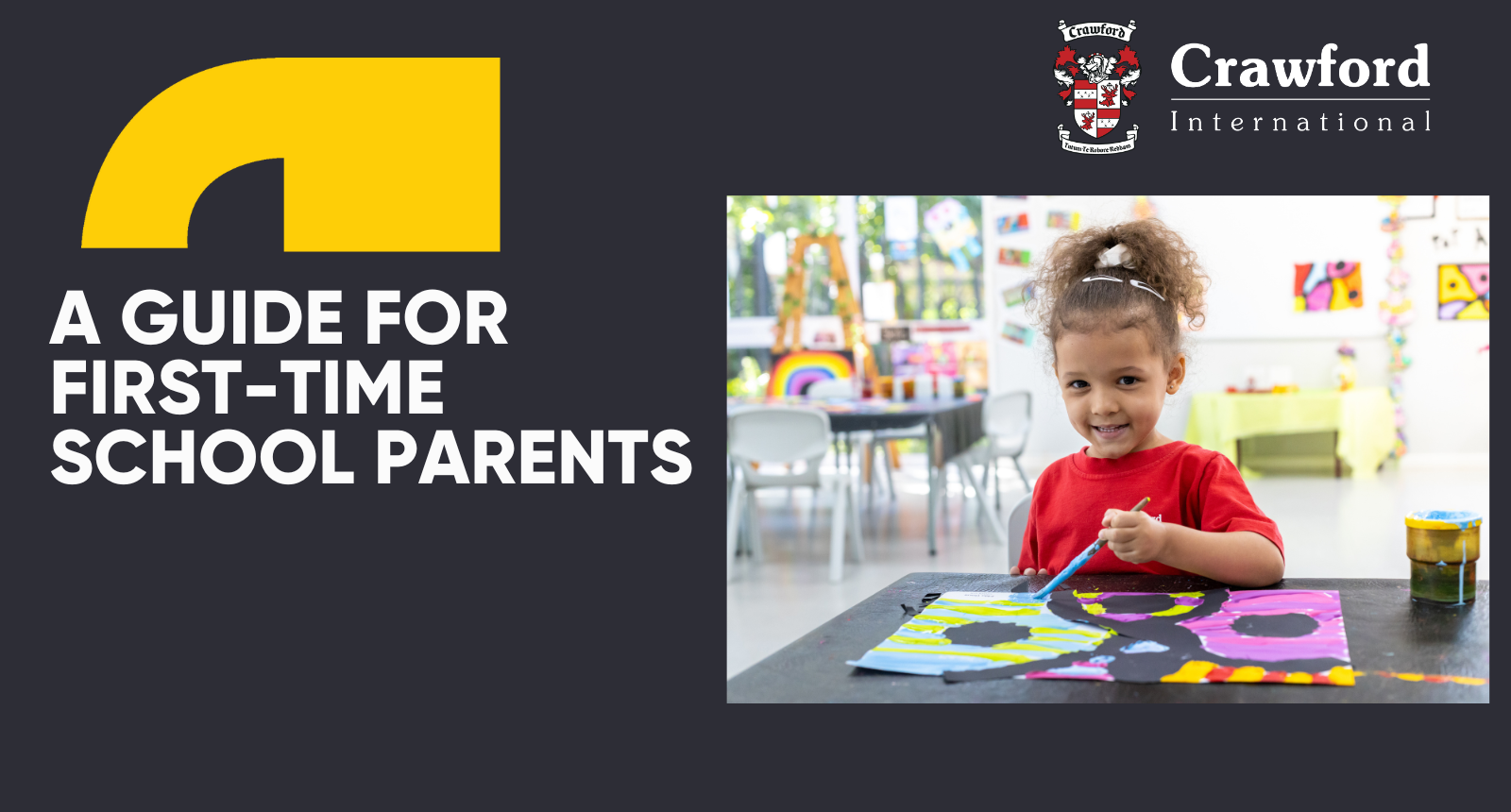Why your child needs a growth mindset
March 31, 2023
Thriving in a world of constant change means leaving all the “I can’ts” behind. Here’s why.
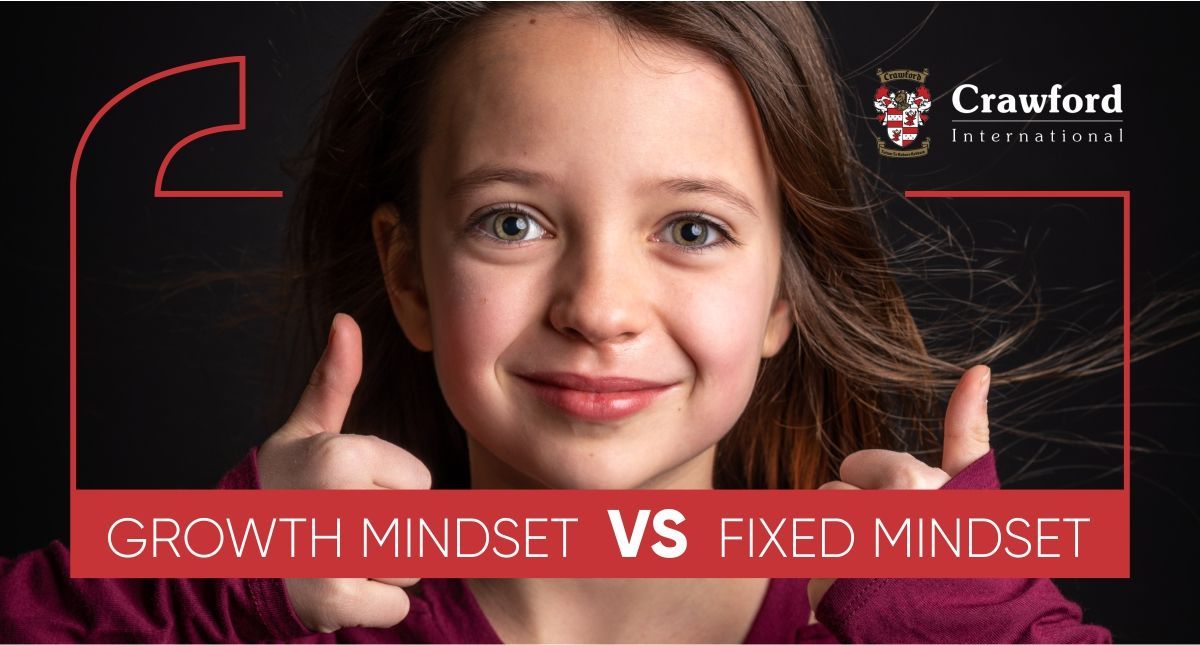
We talk a lot about resilience, problem-solving, being lifelong learners, and thriving beyond the challenges of life. The one thing all of these have in common is a growth mindset.
What is a growth mindset? It’s believing that the brain has a never-ending capacity to continue learning. This means that when it comes to our abilities and potential, and especially that of our children, there is always room to grow and to learn new things. Because the brain is like a muscle – it can stretch and grow stronger, and you can always create new pathways and ways of thinking because of a function known as neuroplasticity.
It’s about telling challenges and opportunities, “I can!” even when it feels difficult. A growth mindset is about effort playing a bigger role than ability, because by working hard you can achieve bigger things. You’ll notice people with a mindset use phrases like, “This is hard, but I’m going to try,” or, “I can learn how to do this,” and “I can’t do it, yet!”
Compare this to a fixed mindset, which is the belief that intelligence, skills and talent reach a point where they can’t be developed any further. That you won’t be able to do something simply because you aren’t good at it, or you don’t know how to. This is where the “I can’t” comes to the fore – the “I’m not good at this,” and “This is too hard.”
It’s then easy to see why studies show that children with a growth mindset often outperform those with a fixed mindset and are able to bounce back quicker after failure. This mindset increases motivation, boosts self-confidence, and encourages perseverance. Growth mindsets have also been linked to greater happiness and success later in life.
Questions that exercise your child’s growth mindset
To encourage a growth mindset in your child, you need to help them see the possibilities and opportunities in challenges. This is about priming the brain to think in a certain way and to change negative thoughts into positive ones. Using the questions below when facing problems and choices helps foster a growth mindset.
What is your brain saying?
Teach your child to think about their thinking, and to use their self-talk for growth. When their brain says they can’t do something, they can say, “No thanks brain, I’m going to try anyway.”
What is the most difficult part, and can you overcome it?
This is about seeing that a problem is often a small part of the whole. And because it’s smaller than it seems, it can be dealt with.
What is a mistake that you can learn from?
Failure is not a bad or scary thing – it’s always an opportunity to learn. So, when your child makes a mistake with something, help them find the learning in it. “I missed the ball this time, but next time I’m going to hold my bat a bit differently and keep my eye on the ball.”
What challenges have you overcome?
This helps your child see themselves be successful problem-solvers and gives them confidence of knowing they can face whatever challenges lie ahead.
What challenge did you overcome today and how did you do that?
This lets your child learn that there are different solutions and strategies to try in any problem and also lets them know that facing challenges is an everyday thing. This isn’t a bad thing, but rather means that we all get to learn new things every single day.
What have you tried already, and what can you try next?
It’s easy to get stuck, and it takes work to get unstuck. So, if one solution to a problem doesn’t work, help your child know that they can always think of another one. It’s also important to let them figure it out without you taking over, so let them work through the struggle and find strategies that work for them.
Have you asked for help?
Instead of giving up when something feels too difficult, teach your child to ask for assistance. Help them vocalise exactly what part of the problem they need help with, for example, “Mom, I could use your help with figuring out this long division. I can divide two digit numbers, so I know I can learn to do this,” or “I have a few questions about this.”
Growth mindset activities
- The problem pie
When faced with a problem, split a circle into smaller portions and write down the possible causes in each section. Then, spend some time finding ways to address each of the causes (or pieces) of the problem pie. Often this helps you come up with a number of solutions to try.
- Practise the hard thing
Identify what your child is struggling with, such as tying their shoelaces or writing a two-page essay. Then, let them work at it over a period of time, breaking up the big problem into smaller problems. For example, one day it’s all about tying the laces together in the very first step, the next day it’s about making bunny ears, the next day it’s learning to fold one bunny ear over the other, and the next is learning how to pull one bunny ear through the to tie a knot.
- Add a yet
Learning how to stop saying “I can’t” takes time. To help, take the “I can’t” into “I can” by adding a “yet” to it. For example, “I can’t ride my bike,” becomes, “I can’t ride my bike yet.” This shows your child that there’s the opportunity to learn how.
- Turn negative self-talk around
Teach your child that their inner voice is there to help them, not condemn them. When their brain says negative things, they can change it into positives. For example, “I can’t count in 5s,” becomes, “I can’t count in fives yet, but I’m going to train my brain to do it.”

